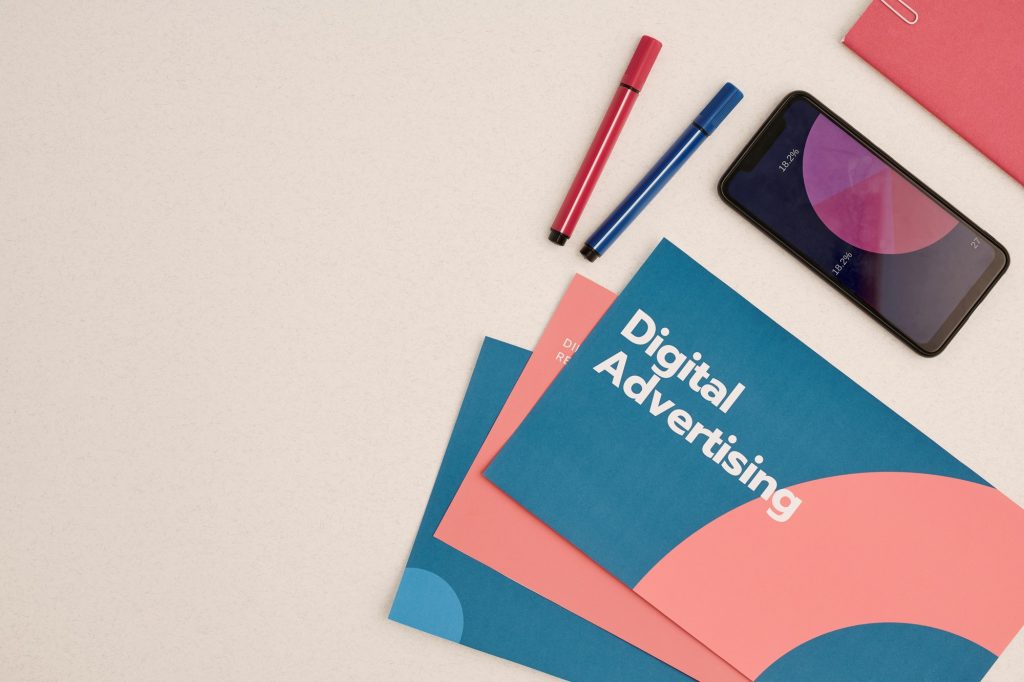The term ‘cord-cutter’ refers to individuals who cut the cord of traditional cable and satellite TV services and switch to streaming video content through the internet via supported devices, including smart TVs. Today let’s talk about the effects of ‘Cord-Cutters’ on advertising.
In light of this, we wonder why most cable TV subscribers have become cord-cutters and are gradually switching to online streaming services? However, traditional cable services offer an extensive selection of channels based on different genres and content, and many of those channels originate from other countries than the users’ own.
As I see it, there could be a lot of reasons behind this switch, but cost-cutting could be a major factor for many households. In essence, users stopped paying for the cable TV subscriptions that Dish and Direct TV providers once offered to them after realizing that they could stream media content online whether it be movies, popular shows, major sports events, hot news, etc through online streaming platforms, which they found to be the most convenient means of getting access to the content they prefer.
How Does Cord-Cutting Affect Advertising?
Here, most of the readers would agree with me that Television has been the favorite medium for advertisers to market their products/services hassle-free. Sadly, this medium neither sounds nor seems that much useful and effective in the coming era just the way it was before.

For now, cord-cutting is not that unfortunate for all the marketers/advertisers as long as the baby boomer generation exists. With that being said, if the baby boomer generation is your main target audience then you are probably not the one in the red zone and can carry on with reaching them through television advertising effectively.
However, the actual problem arises for such advertisers whose target audiences are millennials and generation Z. Due to the increasing accessibility of media over the internet, users especially generation Z and Millenials are more likely to switch and subscribe to online streaming services such as Netflix, Amazon Prime, Hulu, Disney+, etc as these giant services offer high-quality and worth-watching content at affordable subscription fees, and also offers a different kind of subscription plans to different users.
Moreover, a recent study found that people between the age of 23-38 years old with a ratio of 76% go for the online video streaming service subscription whereas 42% subscribe to paid/cable TV.
In addition to this, according to Forbes, a group from the Trade Desk conducted a survey that reported a cord-cutting trend will be boosted in 2021. The survey revealed that 27% of US households plan to terminate their cable and satellite subscriptions by year-end.
So after reading the above, it won’t be wrong if I say that the revenues of businesses who already invested or suppose to invest in mass marketing by advertising their products and services on traditional TV broadcasts, might ultimately get affected because what if most cable TV subscribers join the ‘cord-cutting’ crowd and gradually decide to resort to online streaming services? That’s where advertisers should take note…
Not just this, the advertisers also need to understand that the advertising prices on different media platforms may vary and can have a serious impact on their budget and cost-effectiveness. Therefore, in order to balance all the certain and uncertain factors, advertisers need to find a suitable way to advertise their services/products to those cord-cutters more strategically and should focus more on their niche market if they want to advertise via different streaming platforms.
Now, where consumers are gradually cord-cutting, I wonder how It would be even possible for businesses/advertisers to reach the unreachables and communicate products and services to their target market? Well, it sounds a little bit tricky but, to know more about it, let’s dive in and see how they can do it:
Alternative Ways To Advertise To ‘Cord-Cutters’
Well, there are two alternative ways advertisers/marketers may use to reach their target audience including:
- OTT
- CTV
Before knowing about how advertisers would use these alternatives to market products and services. Let’s check what these alternatives actually mean:
OTT
In terms of online streaming media, OTT also known as Over-The-Top refers to the process by which online OTT providers make TV and online streaming content available to be watched/listened to directly from the internet. To stream such content from anywhere, people can use multiple compatible devices such as smartphones, smart TVs, desktop computers, tablets, and laptops as long as they have got an internet connection either through Wifi or a mobile network.
This media service is completely dissimilar from the traditional cable TV and satellite providers where you need to get a monthly or yearly paid TV subscription to stream content that bounds users to watch content on their TVs only.
In OTT service, the content, whether it be video or audio, is delivered on-demand through multiple well-known video streaming services such as Disney+, Netflix, Amazon Prime, Hulu, or audio streaming services like Spotify, Soundcloud, Pandora, Apple Music, etc.
While OTT services have their own fair share of issues, people are still happily ditching cable TV for them. By issues, we obviously mean regional geo-restrictions. But as howtowatchchannel suggests, accessing channels like Oxygen TV, Peacock TV, NBC, and other regionally blocked channels is relatively easy.
CTV
CTV stands for a Connected TV which refers to a device that can be used to enable or support online video content streaming on televisions by connecting that particular portable device to a television.
Therefore, CTV devices act more like an auxiliary unit (AUX) as these devices can be embedded in the TV or connected to it so you can access web-based streaming video content beyond what your traditional cable or satellite provider has to offer.

These CTV devices may include, Roku, Xbox, Apple TV, Amazon Fire TV, Playstation, and so on. Also, the key point here is that you can stream all the OTT (Over-The-Top) content through CTV without any hassle.
So, now you know what OTT and CTV actually are, let’s see how advertisers would use these alternates to reach cord-cutters.
Advertising Through OTT And CTV
As discussed earlier, this changing landscape of streaming from linear television to stream via OTT, CTV, and other social media streaming platforms makes it quite complex and trickier for advertisers to reach prospective customers than ever before.
Therefore, as for OTT and CTV advertising, we mentioned earlier that they work with online streaming services and devices that support them, so it’s quite obvious that advertisers can use these alternatives to air video ads in a meaningful manner.
Besides, advertising through the alternatives like OTT and CTV seems the best way to reach the cord-cutters in a more focused way by hitting the target audience while using the relevant niche marketing strategy and appropriate advertising approach.
Based on the factors like user demographics, specific interests, prime time for streaming on various digital devices, and any other relevant factors would help marketers/advertisers to strategize accordingly in order to reach their direct target audience more effectively.
With that being said, advertising through these alternatives will certainly help the advertising creative teams to reach the right audience at the right time while serving creative ads by thinking a bit outside the box. Unlike advertising on traditional television where TV ads are shown to every other individual watching that specific channel, regardless of viewer’s interest and demographics.
Moreover, businesses would also be saved from the need to invest such a huge amount of money in mass marketing if they use these alternatives to the market and advertise their products and services to the cord-cutters.
Conclusion
In this revolutionary era where technology is rapidly being evolved, the change in the video streaming landscape is being noticed with a massive ratio. Though this changing landscape and increasing cord-cutting crowd are becoming a bit more challenging and complex for the advertisers to reach the cord-cutters at the same time, they’ve got a big ground and more opportunities for marketing/advertising considering the fact that the strength of viewers is increasing as well.



